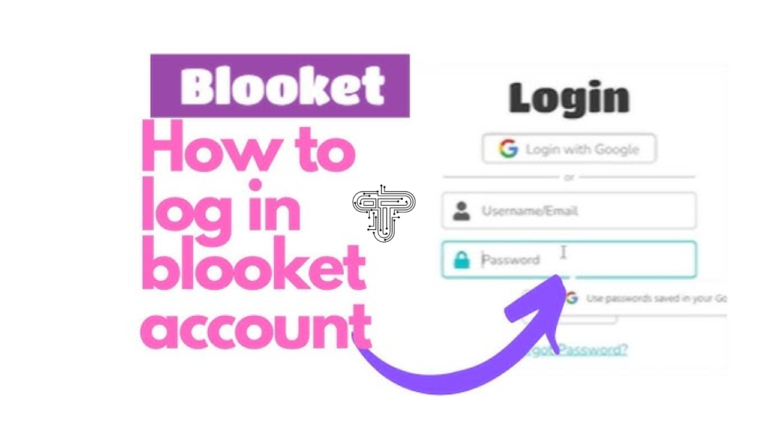Finding the Right Balance Between Technology and Traditional Teaching
Educators today stand where traditional teaching meets new classroom technology. And while it sounds great in theory, this may cause you to feel stuck or challenged in finding your new teaching methods. How do you find a balance between integrating technology and traditional teaching methods?
Don’t feel overwhelmed by the various digital tools and resources that you can now find online. The truth is, you don’t have to use all of them. Instead of worrying, consider them a superpower that can help you create engaging blended learning sessions.
This article helps you understand and hone the balance of digital innovation with time-tested teaching approaches for maximum teaching success.
Why You Should Consider Embracing Tech for Teaching
You might be hesitant to integrate tech into your work as a teacher. However, let’s first consider the myriad of benefits digital tools provide. If you use the right one available to you, your students can be kept glued to your lesson, even in subjects they might consider boring.
Digital tools can make complex concepts more accessible through visualization, provide immediate feedback to students, enable personalized learning paths, and help achieve diverse learning styles. More importantly, such tools help encourage student collaboration and prepare them for our technology-driven world.
Now, there are many tools you can try out depending on the field you’re teaching. For those who teach math or other exact sciences, take a look at something called interactive simulations. A great example of this is the Projectile Motion simulation from the University of Colorado Boulder. This simulation lets students control basic variables like initial velocity and launch angle. They can also witness how these affect the trajectory of a projectile.
Other great teaching tools are AI-powered tutoring systems like Dreambox. This particular tool provides personalized math and reading instruction for students in grades K-8. It uses adaptive learning technology to adjust the difficulty of lessons based on each student’s individual needs. Ultimately, such tools can help students develop stronger foundational skills while giving teachers valuable insights into where each learner needs additional support.
Those are benefits for the students. But what about teachers like yourself? Well, plenty of AI tools can assist you with grading, providing personalized feedback, and more. By employing such tools, you’ll be free to focus on individual student needs.
Why Traditional Teaching Shouldn’t Be Completely Replaced
While technology, digital, or AI-powered tools have many great benefits, they shouldn’t entirely replace the core principles of traditional teaching methods. These principles must be maintained to some degree. Direct instruction, in-person discussions, and hands-on activities provide something everyone needs and that technology cannot promise to fulfill: critical thinking and social-emotional development.
Many students appreciate the unique learning experience of having someone explain complex concepts in person. Importantly, collaborating and communicating in person are human experiences that also boost morale and motivation for learning.
This is crucial to remember because relying too much on technology can lead to concerningly decreased attention spans and a decline in social awareness. There’s even a modern term for this: “Brain Rot,” and it didn’t derive out of nowhere—it’s supported by real-world examples and statistical evidence.
Without traditional teaching, students can become too immersed in screen-based learning environments, and that’s no good either. While they might become good at math, they cannot develop essential social skills such as social awareness, emotional regulation, conversation skills, and empathy without real human interaction.
Blended Learning Is the Way to Go
The best way to teach today is by combining traditional methods while elevating the learning experience with technology.
You, the teacher, are there to provide further support and clarity while answering questions during the learning process. You are the expert who helps students dive deeper into the subject while using technology and developing social skills.
Imagine digital tools as a car that students ride, and you are their driving instructor. While they control the vehicle, you are in charge of deciding where they need to turn and what signs they must pay attention to. The destination? Mastery, or at least sufficient knowledge of whatever they’re studying.
Secure Ways for Educators to Work with AI Tools
Regarding technology misuse, remember to consider data security and responsible use when utilizing digital or AI tools for education.
Just like most of your online accounts on social platforms, have unique passwords on the learning platforms and AI Tools you use. Also, enable multi-factor authentication whenever possible. If you need help, look for tools like password managers for your computer or web browsers such as Chrome, Firefox, Opera, and others.
Always be mindful of data privacy and ensure that your students’ data is handled strictly according to privacy regulations. This is especially important if you are handling data from younger individuals.
Additionally, use VPNs whenever you go online and use these tools. The VPN will protect your connection and will not allow any other party to see what you’re doing online. This is especially valuable when considering students’ data protection and your own account safety.
However, finding the best VPN might take some time, considering the sheer number of them in the market. So, watching video reviews or reading about user experiences on platforms like Reddit is recommended to see what others like or dislike about a particular VPN.
Lastly, remember that educators should be role models for responsible technology use. So, take some time to get acquainted with each tool and always convey the importance of ethical online behavior to your students.
Tech Blaster
Enjoy the Balance of Technology & Traditional Teaching
Now that you’ve embraced technology, you are ready to continue doing your duty as an educator in the digital world. Remember, as technology continues to progress, you yourself will have to continuously learn and find new ways to use it for good. But if you’re doing it with the right precautions and mindset, your ever-going journey to finding the balance between technology and traditional teaching will go smoothly.






